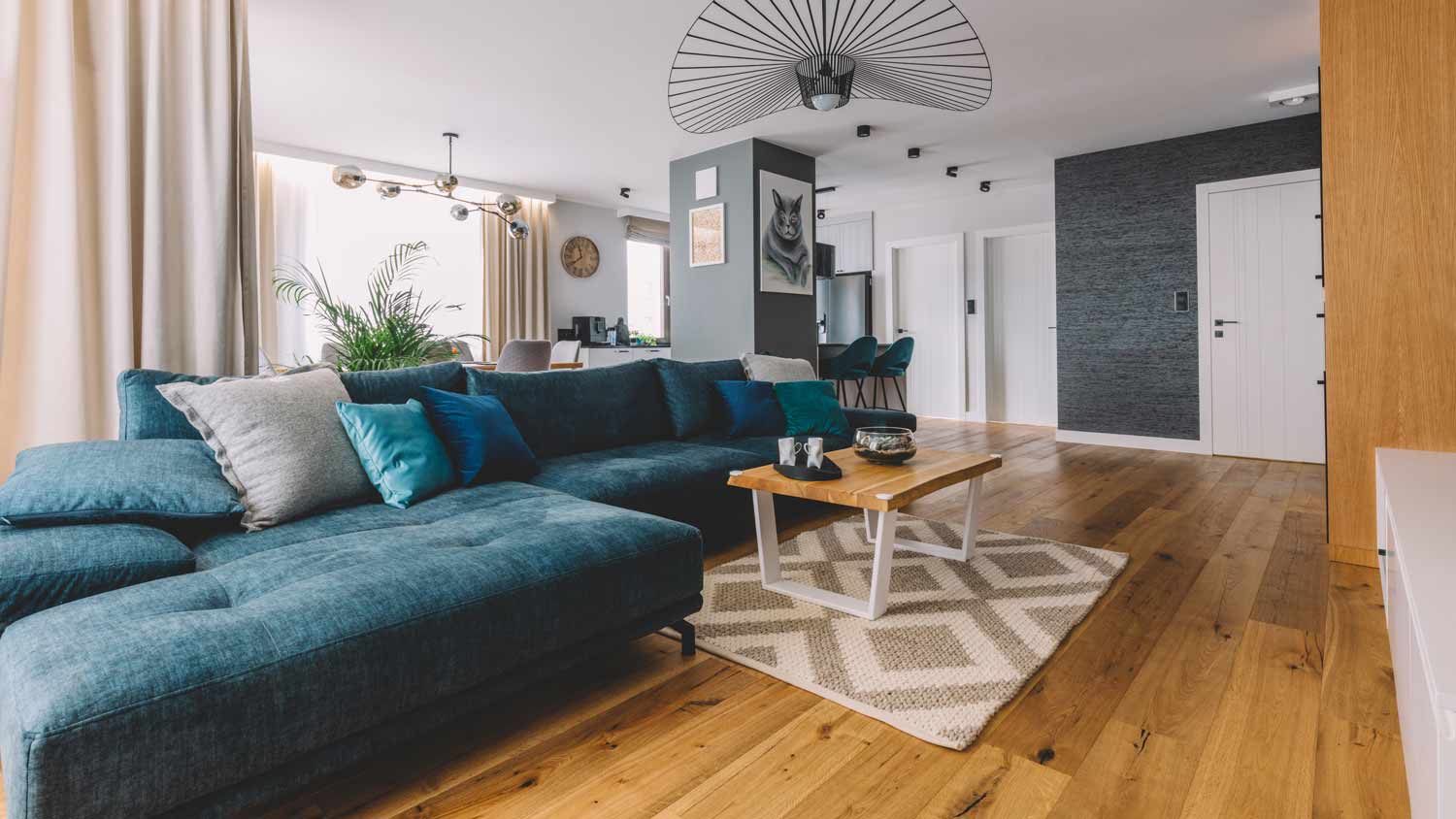11 Types of Baseboards and How to Choose the Best One
Base your trim decisions on key info


While baseboards might seem like a minor home design decision, they can significantly alter the appearance and style of a room. The baseboard is the plank at the bottom of the wall that covers the joint between the floor and the wall. It hides imperfections and gives a polished or decorative feel to a room. There are two main aspects to consider when choosing between different types of baseboards: the style and the material. Learn about the different types of baseboard molding and when to choose each.
1. Sculpted Baseboards
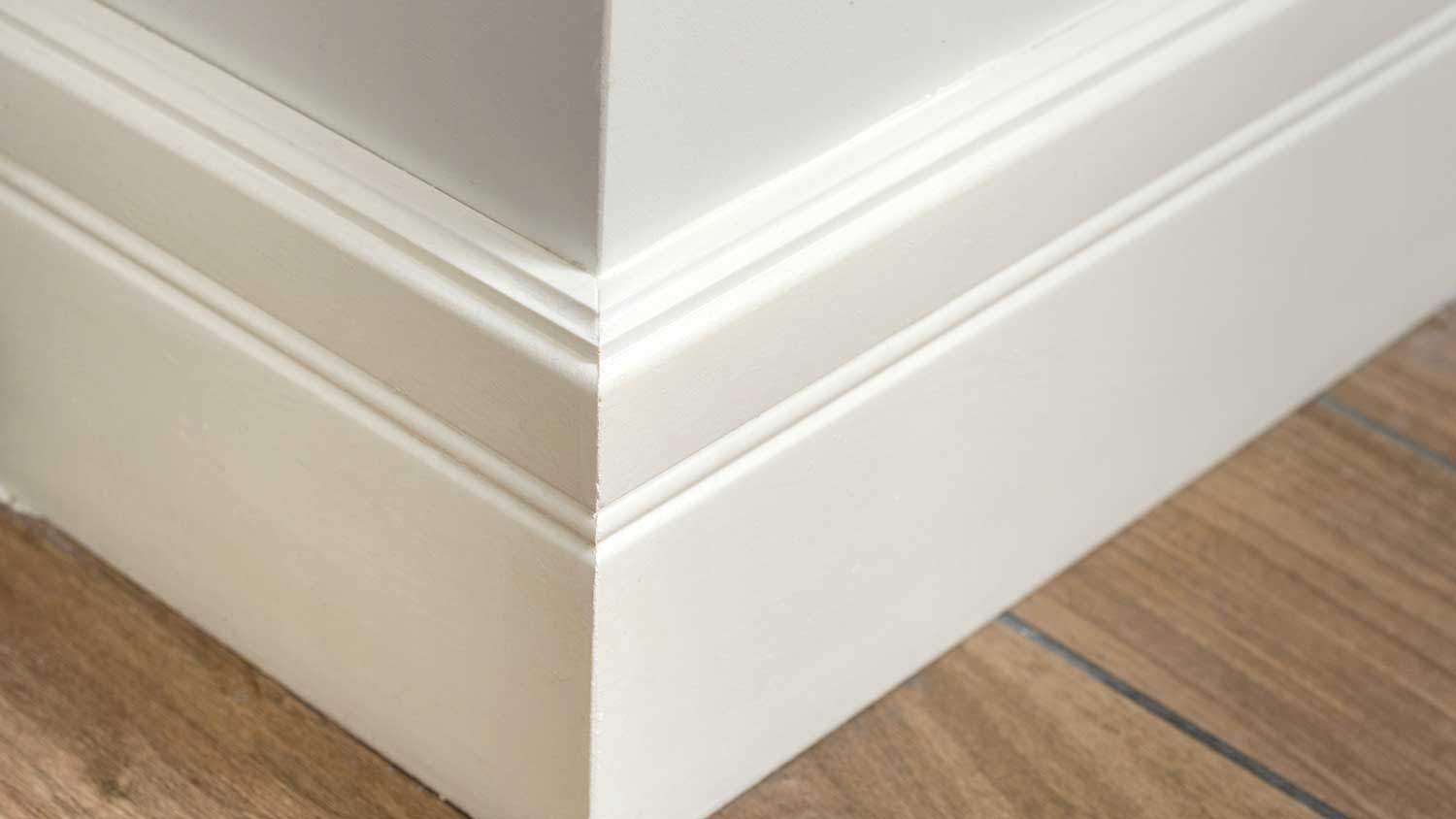
Sculpted baseboard molding features a flat bottom section and a top decorative section with scallops or steps that taper toward the wall. Sculpted baseboards come in various styles, including formal, Colonial, Victorian, farmhouse, and Craftsman. The detailing offers a distinguished or ornamental look. Sculpted molding ranges from 4 to 7 inches tall and 5/8 of an inch to 1 inch thick.
| Pros | Cons |
|---|---|
| Adds a decorative element | More expensive than simple molding |
| Various height options | Not ideal for small rooms or low ceilings |
| Available in a range of styles | Detailed designs catch dust and are hard to clean |
Best for: Victorian, Colonial, Craftsman, and farmhouse style homes as well as homes with tall ceilings
2. Rounded or Stepped Baseboards
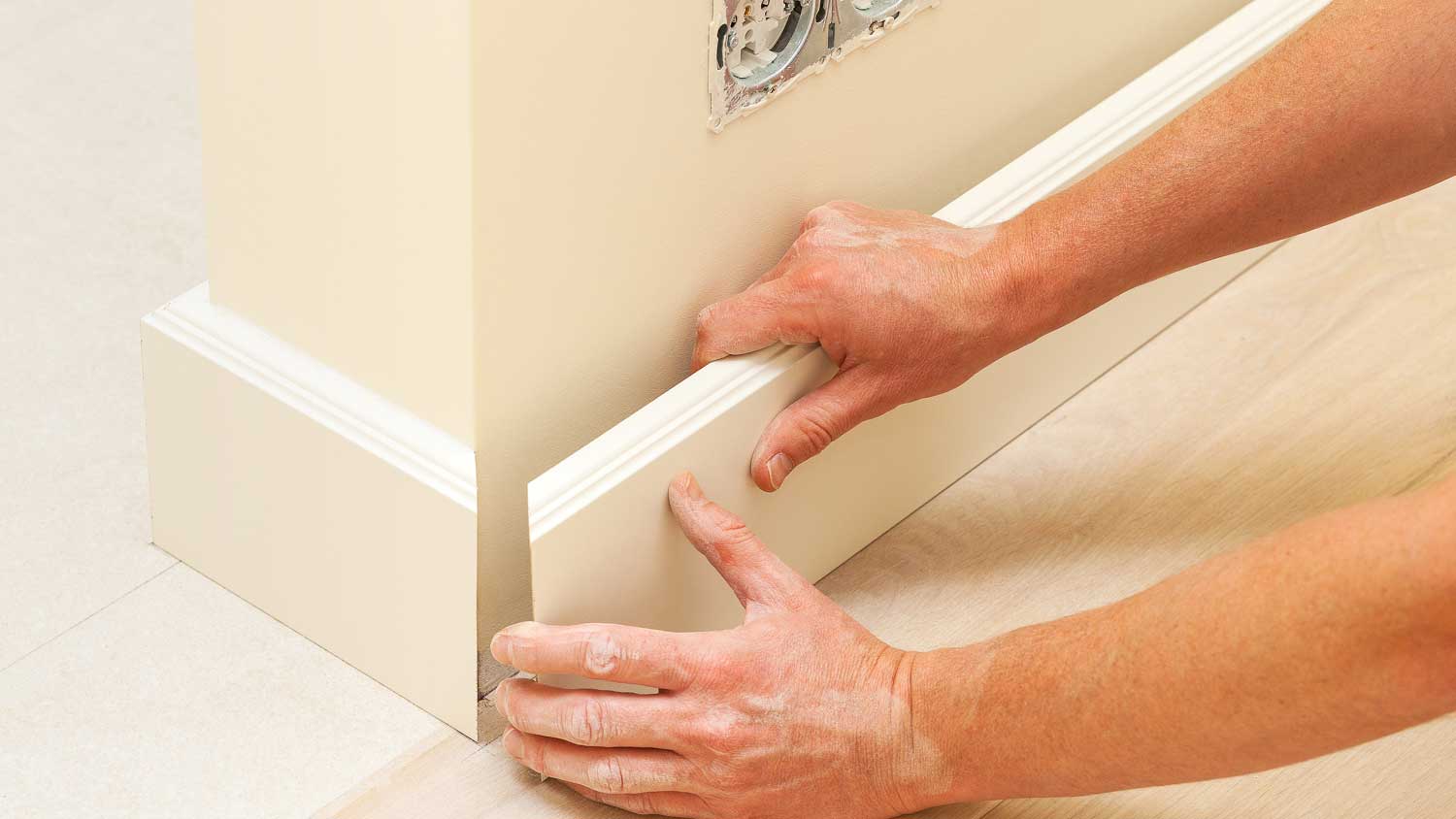
A rounded or stepped baseboard is flat at the bottom with decorative grooves at the top that resemble small steps or a rounded half-moon. Rounded and stepped baseboards provide a modern, simple look without too many details. A three-inch rounded or stepped baseboard is a popular type of baseboard molding, as it gives a soft, decorative look without being too ornate.
| Pros | Cons |
|---|---|
| Works with many design styles | Harder to clean than flat baseboards |
| Less expensive than sculpted baseboards | May not come in taller sizes |
| Easier to clean than sculpted baseboards |
Best for: Modern homes and simple spaces
3. Flat Baseboards
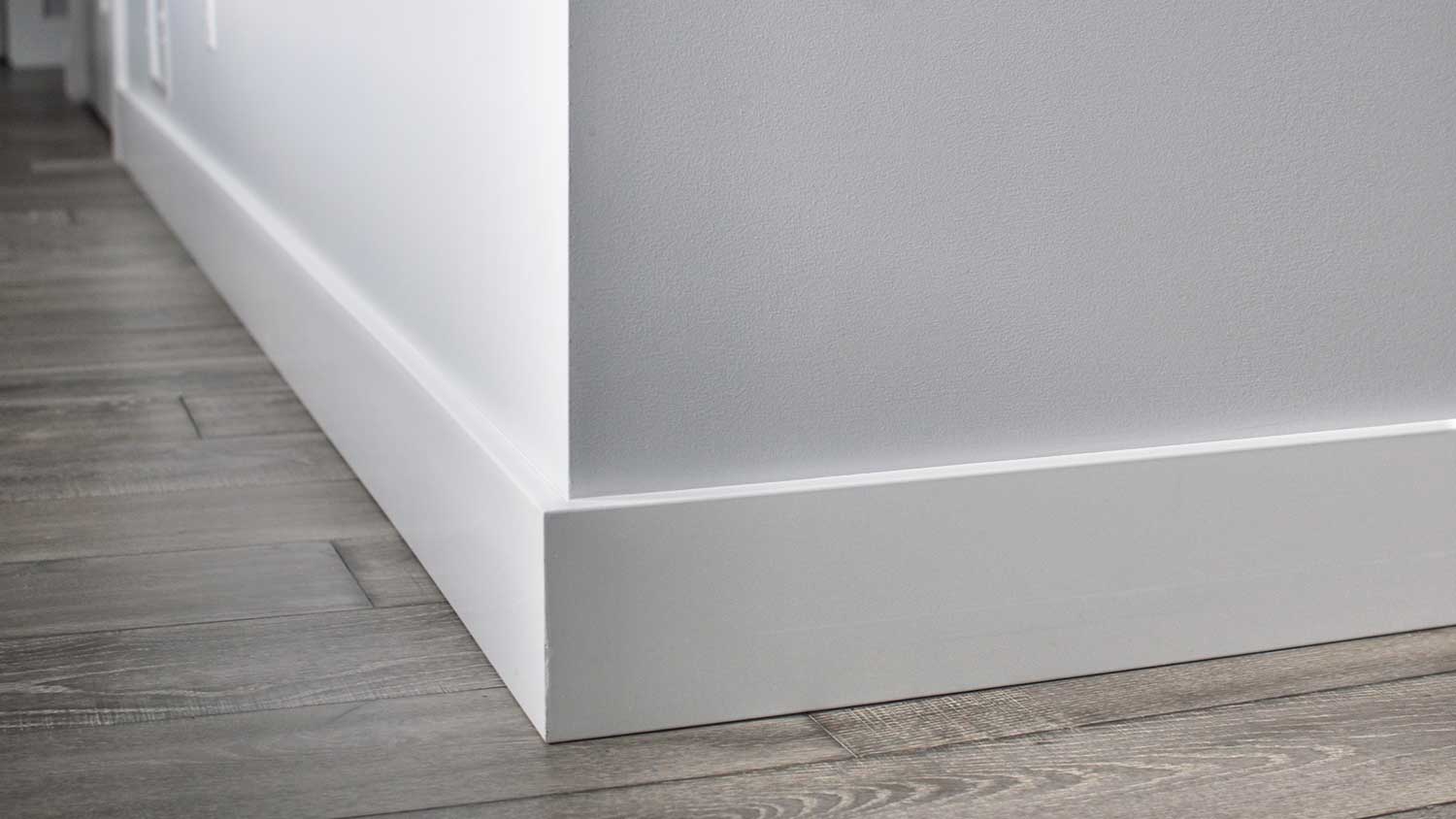
A flat baseboard, also known as a square baseboard, is a flat piece of trim with a basic style. The baseboard has squared-off corners, not rounded ones. Flat baseboards come in heights ranging from 3 inches to 5 inches. Flat baseboards provide a simple, minimalist design for areas where you want other moldings or room features to be the focal point. They can be paired with quarter round or shoe molding for more detailing.
| Pros | Cons |
|---|---|
| Clean, simple look | Don’t suit traditional homes like Colonials or Victorians |
| Less expensive | Can show dust easily |
| Easy to clean |
Best for: Modern homes, minimalist designs, and Craftsman-style houses
4. Bullnose Baseboards

Bullnose baseboards have a rounded top edge that tapers into the wall. The rounded corners offer a soft, distinguished look. They are often used in short profiles and simple designs but can be more ornate. Bullnose baseboards come 5/8 to 7/8 inches thick and 3 to 7 inches tall.
| Pros | Cons |
|---|---|
| Refined appearance | |
| No sharp edges | More expensive than flat baseboards |
| Complements a range of styles | Can look dated in a modern home |
Best for: Historical and mid-century modern homes
5. Flush Baseboards
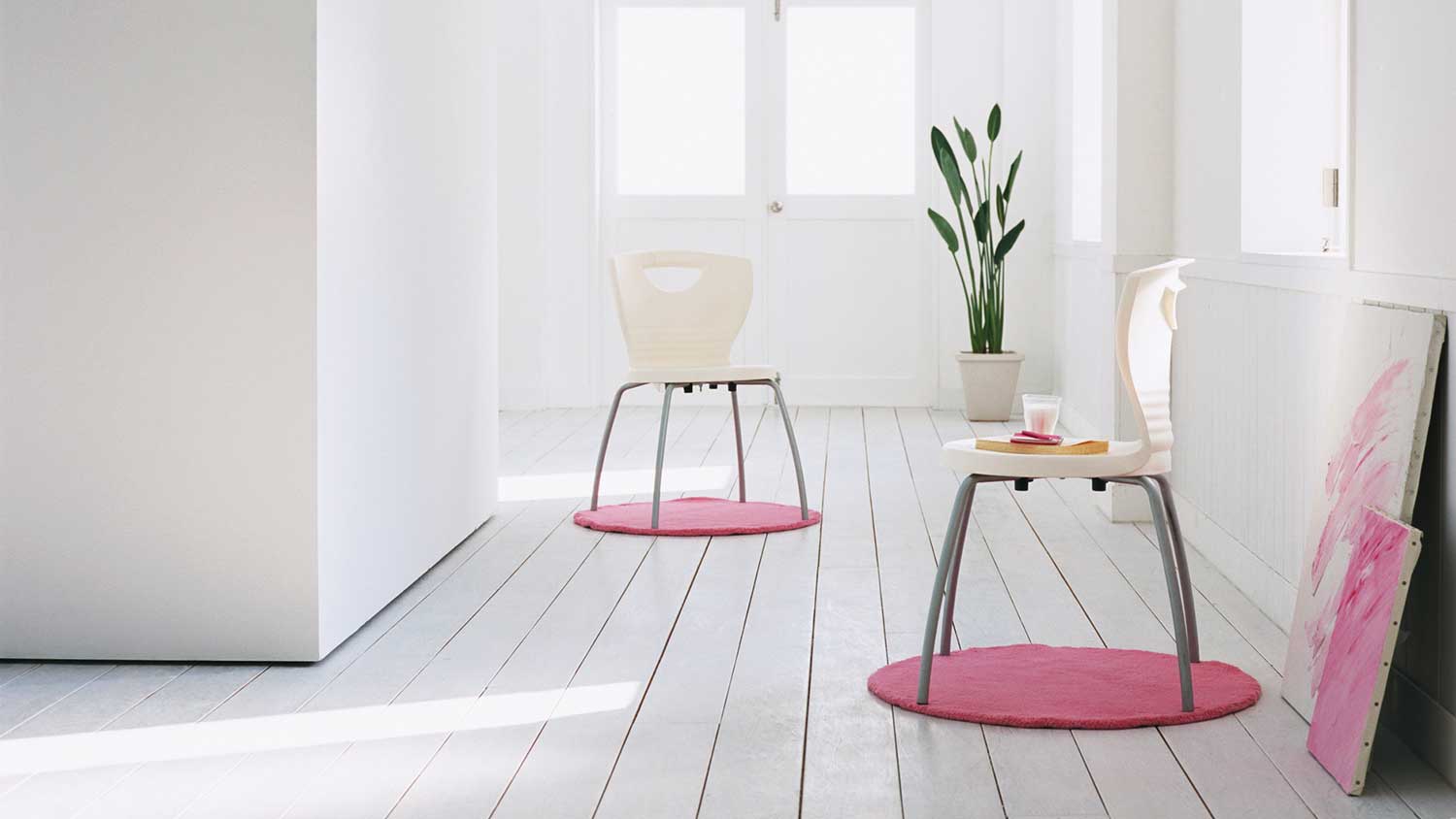
Flush baseboards rest against the same plane as the wall with no protrusions, so they’re flush to the wall. Sometimes, the installer leaves a gap between the wall and the plank. Flush baseboards offer a sleek, modern look and can save on some floor space.
| Pros | Cons |
|---|---|
| Seamless, minimalist look | Tricky to install |
| Makes a room feel larger | Might not complement a classic-style home |
| Easy to clean | Not as eye-catching as other styles |
Best for: Modern and minimalist spaces
6. Floating Baseboards

Floating baseboards, also known as revel baseboards, create a negative space in the wall at the junction with the floor, giving the wall a floating appearance. An aluminum profile is usually installed and painted later.
| Pros | Cons |
|---|---|
| Unique, floating appearance | Not as ornate as other styles |
| Makes a room feel larger | Difficult to install |
| Easy to clean | Less common than other styles |
Best for: Modern and minimalist spaces
7. Quarter Round or Shoe Molding

Quarter round or shoe molding can accompany any type of baseboard, as it is a small, separate piece of trim that sits in front of the baseboard. Quarter round mimics the shape of a quarter of a circle, and shoe molding can be any shape. Shoe molding and quarter round give a polished look between the floor and the wall and help to hide the gap between the baseboard and the floor.
| Pros | Cons |
|---|---|
| Gives a decorative look to even a flat baseboard | Adds cost and time to installation |
| Hides imperfections and gaps | Might not be necessary for ornate baseboards |
| Works with most types of baseboards | More to clean |
Best for: Most home styles and baseboards
8. Wood Baseboards
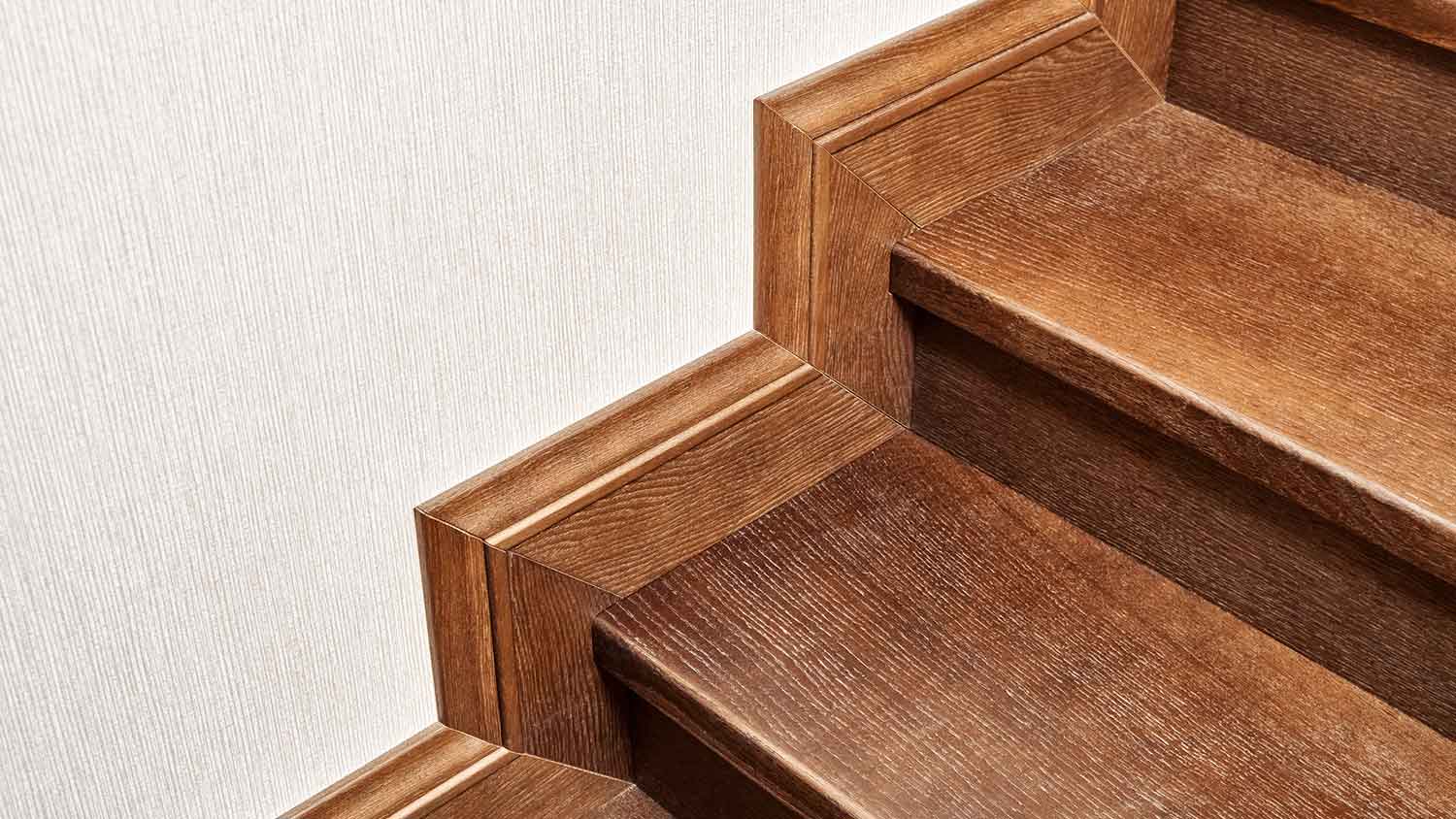
Wood baseboards are made of natural wood such as oak, ash, poplar, walnut, and maple. You can stain or paint them. Wood offers your home a beautiful, natural look, especially if you leave the wood grain showing. Wood baseboards cost $1.40 to $5 per linear foot on average, depending on the type of wood. Cherry and mahogany baseboards can reach as high as $10 per linear foot.
| Pros | Cons |
|---|---|
| Beautiful, natural aesthetic | More expensive than MDF and PVC |
| Durable and long-lasting | Can split when nailed |
| Can be painted or stained | Can show more joints than other materials |
| Easy to repair |
Best for: All homes, especially those with a classic or traditional aesthetic such as Craftsman, Victorian, Colonial, and farmhouse homes.
9. Medium-Density Fiberboard (MDF) Baseboards

Medium-density fiberboard (MDF) baseboards are engineered wood products made of a mixture of wood fiber, resin glue, water, and paraffin wax. The material is a popular choice for baseboards and other molding. MDF is heavier than wood, but less expensive. It is often painted, as MDF doesn't have a natural wood grain like wood. It often comes pre-primed or pre-painted. MDF baseboards cost $1 to $1.40 per linear foot.
| Pros | Cons |
|---|---|
| Less expensive than wood | Can swell and warp from water damage |
| Flexible for curves | Difficult to repair |
| Doesn't split when nailed | Lacks the natural beauty of real wood |
| Can be painted any color | Not as environmentally-friendly as wood |
Best for: All styles of homes, including traditional and modern aesthetics
10. PVC Baseboards
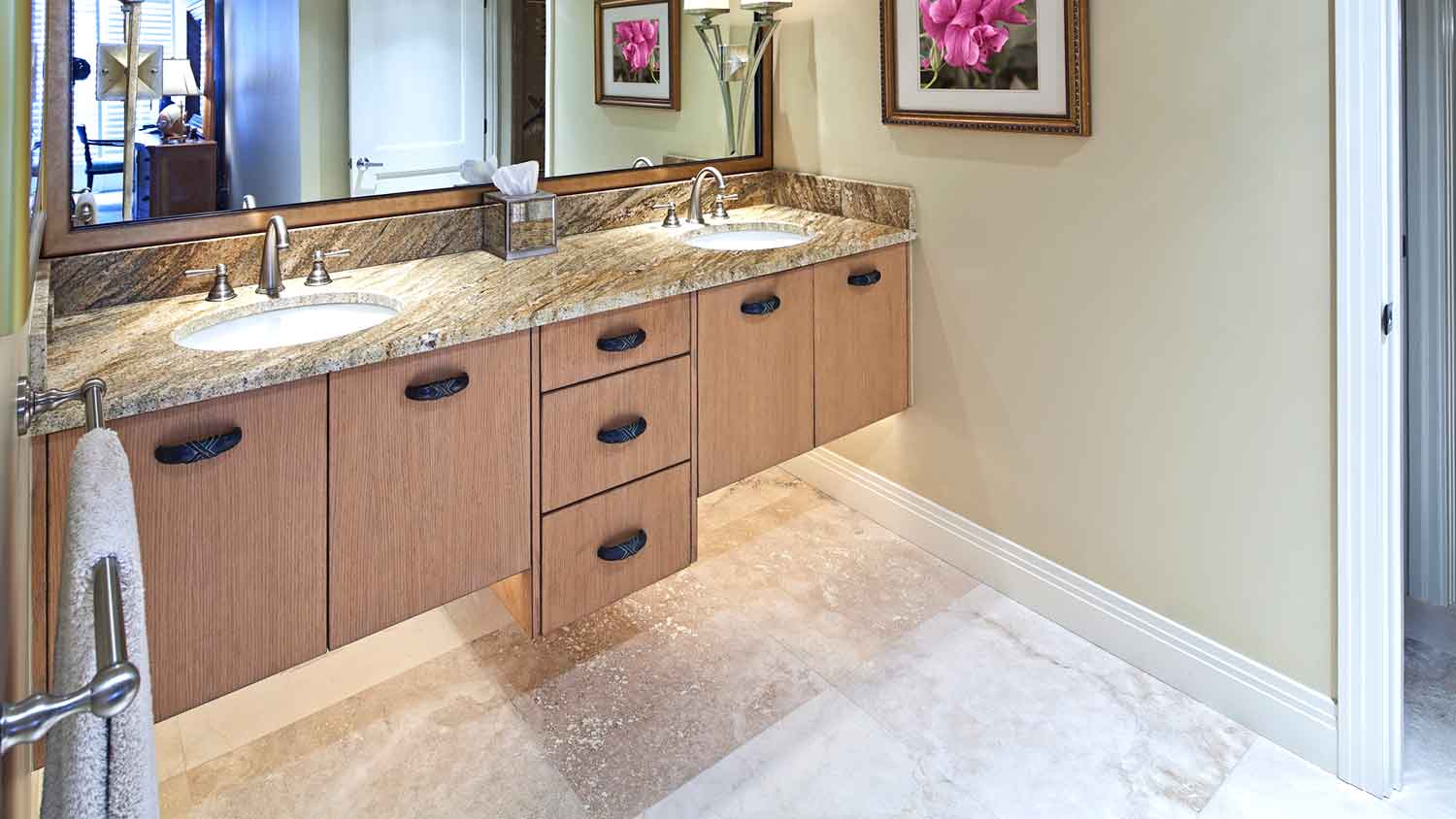
A PVC (polyvinyl chloride) baseboard is a synthetic polymer of plastic that is great for moisture-prone areas such as bathrooms and basements. You can buy PVC baseboards in almost any style and color. But choose the color you want upfront, as you can’t paint PVC. It’s also a difficult material to repair. PVC baseboards cost $0.90 to $1.40 per linear foot.
| Pros | Cons |
|---|---|
| Moisture-resistant | Difficult to install and repair |
| Durable | Requires drilling holes before securing with nails |
| Comes in a range of styles and colors | Not as environmentally-friendly |
| Less expensive than wood | Can’t be painted |
Best for: Moisture-prone rooms such as bathrooms, basements, and laundry rooms
11. Polystyrene Baseboards

Polystyrene baseboards are made of a synthetic polymer that can resemble wood. You can paint polystyrene baseboards, but they also come in several styles and colors. Polystyrene baseboards cost $1.15 to $1.65 per linear foot.
| Pros | Cons |
|---|---|
| Less expensive than wood | Limited style and color options |
| Durable and water-resistant | Can crack over time |
| Easy to install | Can be harder to clean |
| Won’t expand and contract like wood |
Best for: Moisture-prone rooms such as bathrooms, basements, and laundry rooms
Factors to Consider When Choosing Baseboards
In addition to style and material, there are a few other key factors to consider when deciding between different types of baseboards.
Baseboard Height
The height you choose for your baseboard depends on your style and the height of your ceilings. Taller baseboards look great in a home with high ceilings, while shorter baseboards are best suited for homes with average or low ceiling height. Consider whether you want your baseboards to be the focal point or blend in more with your walls, allowing other features to shine.
Color
Most homeowners choose to stain their wood baseboards or paint them white. Natural wood and white are neutral, timeless options that complement many wall colors and flooring types. Many homeowners keep a consistent baseboard color throughout their home for cohesiveness, but you can opt to mix up the color or look. Select a colored baseboard for a more playful or dramatic feel or to accent the room. If you paint your baseboards, opt for a semi-gloss finish, as it’s durable and holds up to scuffs and foot traffic.
Cost
The cost of baseboards falls around $1,100 on average, depending on the material and size of the space. Opt for a simple style and a lower-cost wood, or choose MDF for an even better price point. Keep in mind that a pre-primed or painted baseboard might cost more upfront, but it can save hours in labor costs and the expense of primer and paint.
You can save on expenses by installing the baseboard yourself; the process usually involves just a few simple tools and several hours of your time. But if you hire a local baseboard installer to handle the job for you, it will ensure your baseboards are even, securely attached, and look polished.

.jpg?impolicy=leadImage)

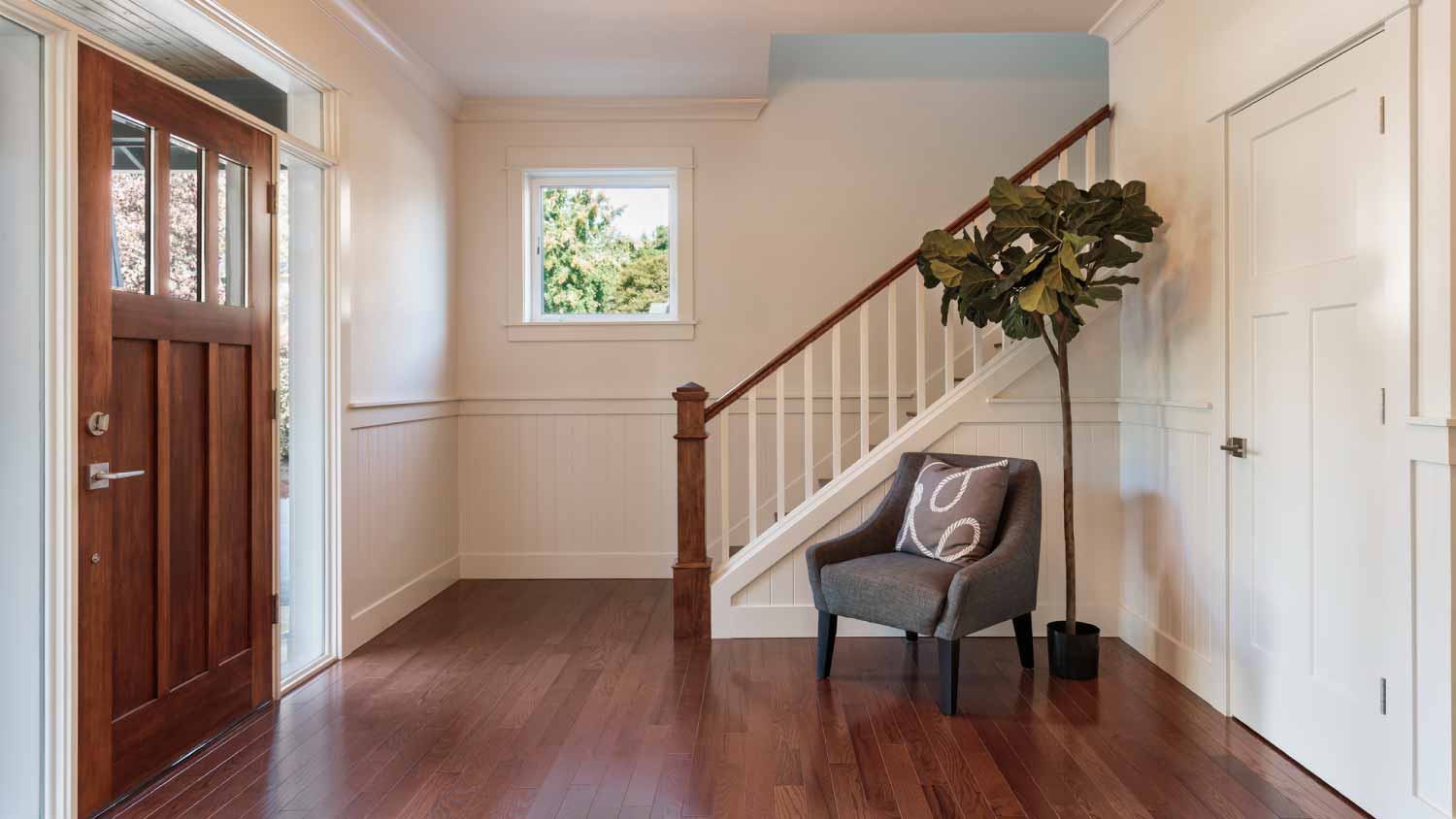

- How to Fix Water Damage on Baseboards
- Who to Hire to Replace Baseboards in Your Home
- How to Clean Baseboards Easily
- Gluing vs. Nailing Baseboards: Which Is Right for Your Project?
- 5 Alternatives to Baseboards That Don’t Skimp on Charm
- How Do You Fix Issues With Trim and Moldings?
- Everything You Need to Know About Shoe Molding
- Should You Add Baseboards Before or After Carpet Installation? Top Tips for Your Next Renovation
- 6 Common Molding Types Found in Homes
- Is Baseboard Heat Gas or Electric?



